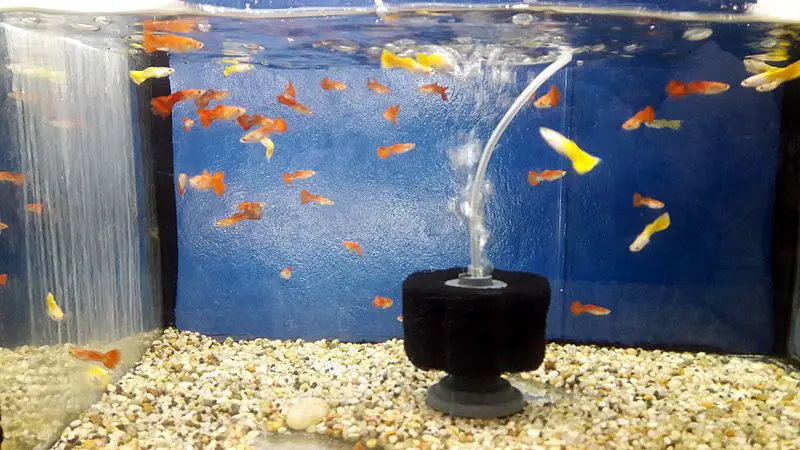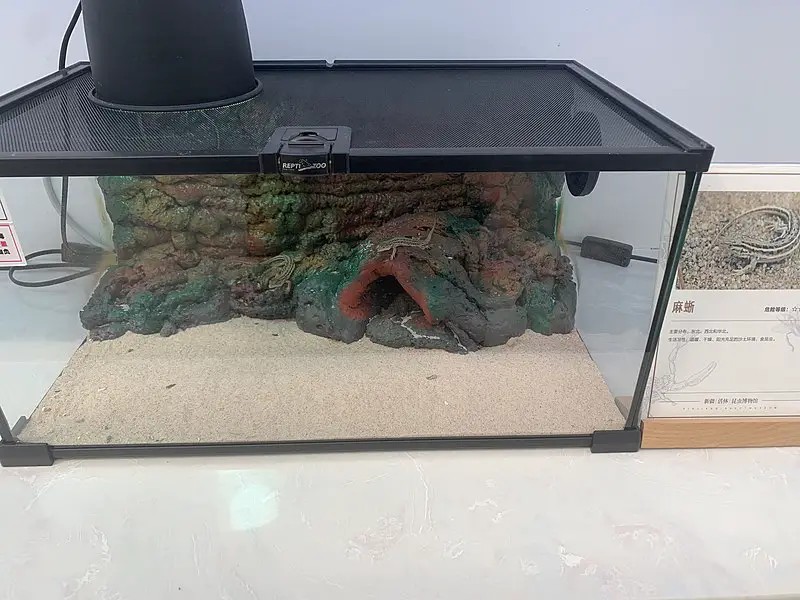You’re doing all of the things that you’re supposed to do. You’ve removed the filter, whether it’s an outside or in-tank filter, you’ve disassembled it, replaced the old filters, cleaned the housing, and replaced the filter. Unfortunately, when you turn the switch on, nothing. What are you supposed to do now?
When you’re cleaning a filter that sits outside of the tank, the most common issue is that the new filters weren’t primed. If it’s an in-tank filter, the most common issue is the impeller is either jammed or not functioning properly in some way.
No matter what the issue is, most reactions are to initially panic. The idea is that without the filter, the tank fish are going to run out of oxygen and start breathing in their own poison rather quickly. Don’t worry. That’s not the case, although it is imperative that you get it going again soon.
Why is My Filter Not Pumping Water?
Whatever you want to say about an aquarium ecosystem, the pump is easily the most vital part. And, of course, you have to feed the fish. But without a filtration system of some kind, fish will go through what humans do if you start sucking the oxygen out of the room.
Filters that Require Priming
Some filters are designed to ‘self-prime’, which means you don’t have to do much of anything and the filter will prime itself when you have replaced them and flipped the switch back on.
If yours needs to be primed first, it’s not going to do much of anything outside of cycling air when you reinstall it and turn it on. If you’re a new tank owner and this is your first rodeo trying to keep a bunch of fish alive, it’s important to read the manual that comes with your tank or filtration system.
The manual will lay out what kind of filtration system it is and whether or not it is self-priming or if you have to fill the reservoir up every time you replace the filters. If you don’t pre-fill the reservoir, it will cause something called an “airlock.”
The impeller simply won’t do its job. There is also the danger of the airlock causing damage that just makes the situation worse, especially if the impeller is locked up and refuses to move, even when you fill the reservoir with water.
Filters that Don’t Require Priming
Most filtration systems aren’t all that complicated. So when you put everything back together, it’s important to make sure you put it back together the correct way, without leaving anything in particular out.
It’s possible that you may have damaged the new filters or something else when you removed the filter. One of the things you need to do is access the impeller and use your finger to spin the fan blades. This will tell you if it’s jammed or not because it should move freely when you spin it around.
The other possibility is faulty components. If you’ve owned the system for a pretty long time, it may not matter that you’re putting new filters in or how clean it is. Everything that’s electronic has a time limit on it to one degree or another.
Sometimes, simply giving the filter a rest for a few hours will do the trick. However, this is only a short-term solution. If your filtration system requires a rest whenever it’s restarted, it’s time for a replacement very soon.
Bad Motor of Clogged Intake
Whenever you change the filters, you should check everything over pretty thoroughly. Clogged intakes and faulty motors are things that won’t crop up during a filter change unless you directly inspect them.
The best time to inspect them is when you change the filters. Inspect the motor and endure that there is nothing caught up in there. Gently remove anything that you find. Going over the intake isn’t too difficult either, since it’s mostly a visual inspection of the parts.
If you find anything, that’s probably going to be the issue.
Improper Flow Rate
Another common problem when replacing the filters is the flow rate not being what it was before. The flow rate is important. If water doesn’t move around, it has a tendency to stagnate.
There are three types of filters when it comes to controlling flow rate. The first is a manual adjustment. The second has an automated flow rate. The third comes with whatever flow rate it comes with, without an option to adjust. If your’s is adjustable, try adjusting the flow rate. If that doesn’t work, it may be time for a new filter.
An automatic flow rate adjuster should do this on its own.
Check the Impeller and Electrical Components
Once you realize the filter isn’t working and there is no suction, the impeller is one of the first places you should check. Check over your manual to see how to install or repair the impeller, assuming there’s an option for doing so.
Some of the most simple solutions are the ones we don’t bother to check because we assume that it should work the way it does since it always has. Check your power, via both the outlet and the filter.
That includes any power strips that you are using, extension cords, and any other electrical components. Outside of any electrical problems, an aquarium filter is not an overly complicated piece of hardware.
If it’s not working and there are no visible signs that you did anything to it while changing out the filter, then it’s probably time to replace the filter entirely. It may even be a good idea to upgrade to something better.
All Things Considered
For the most part, cleaning your tank’s filter is something that should be routine and pretty simple. If manufacturers made these things overly complicated, no one would buy their filtration systems.
Your best bet, especially if you are new to caring for an aquarium, is to keep your manual handy and refer to it whenever you have to do something like cleaning, or deal with the more intricate details of preventative maintenance.



